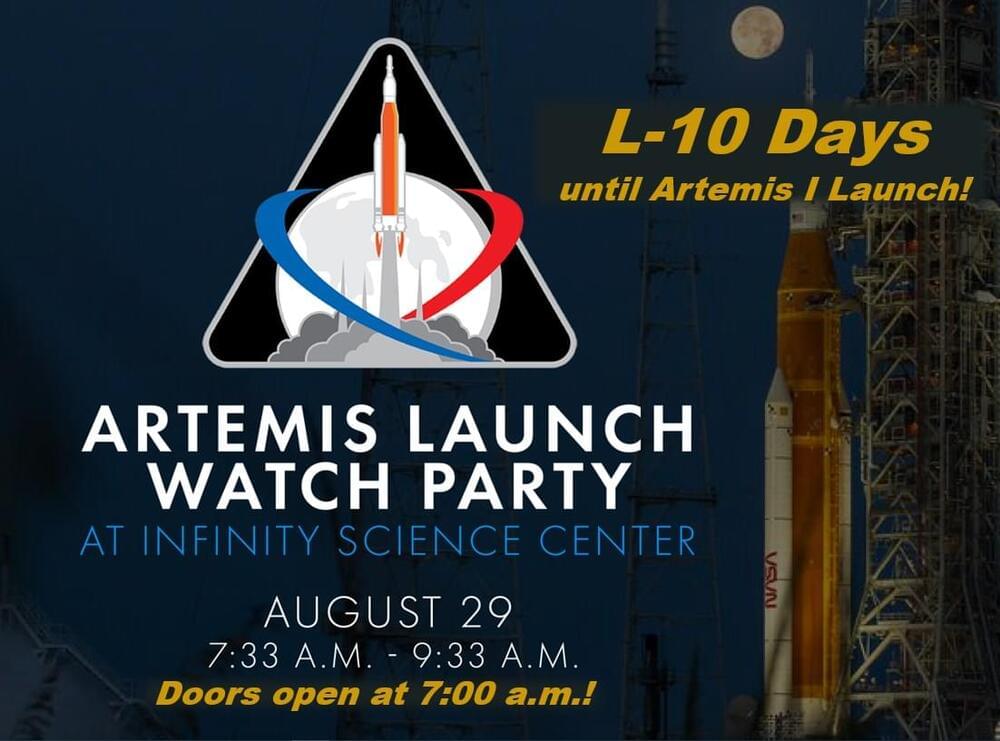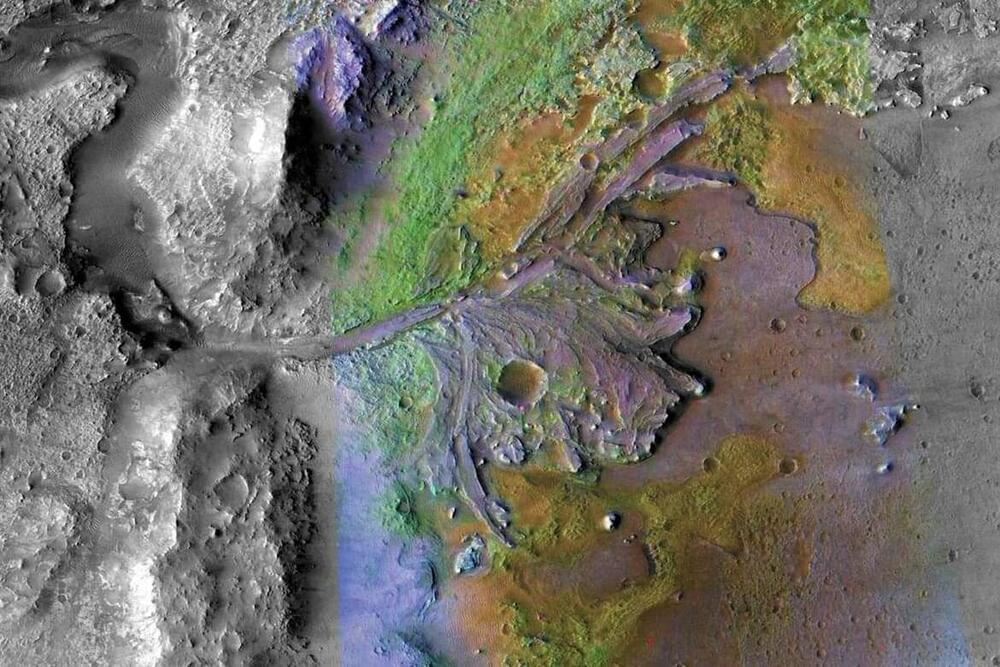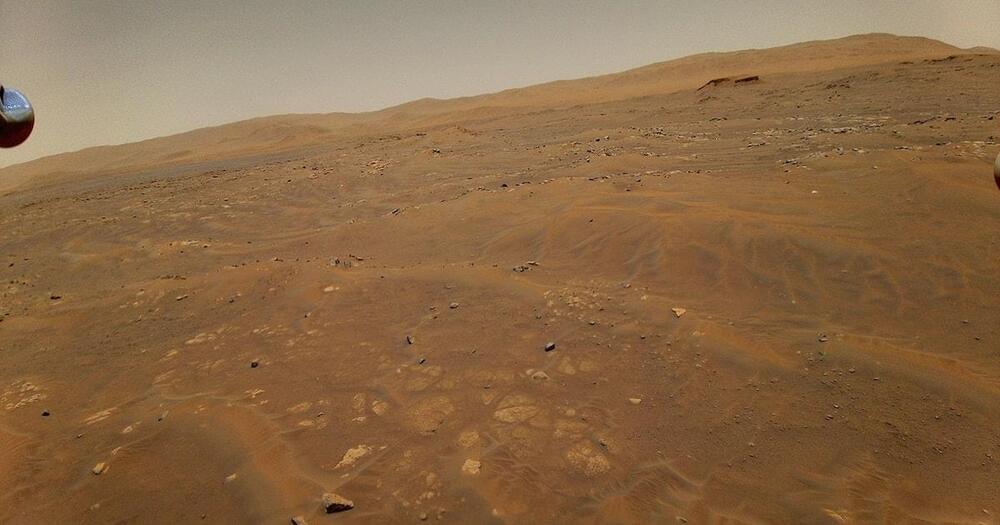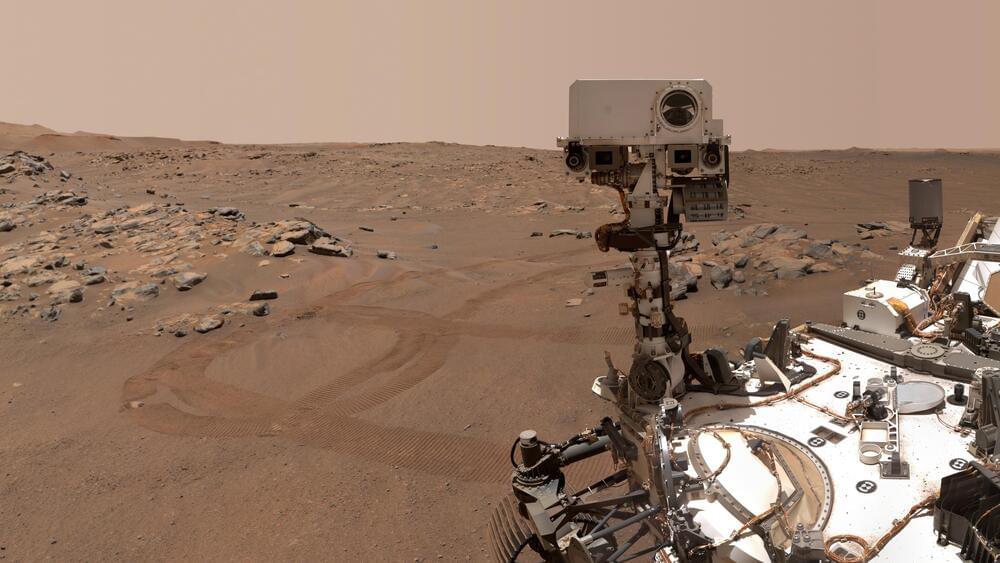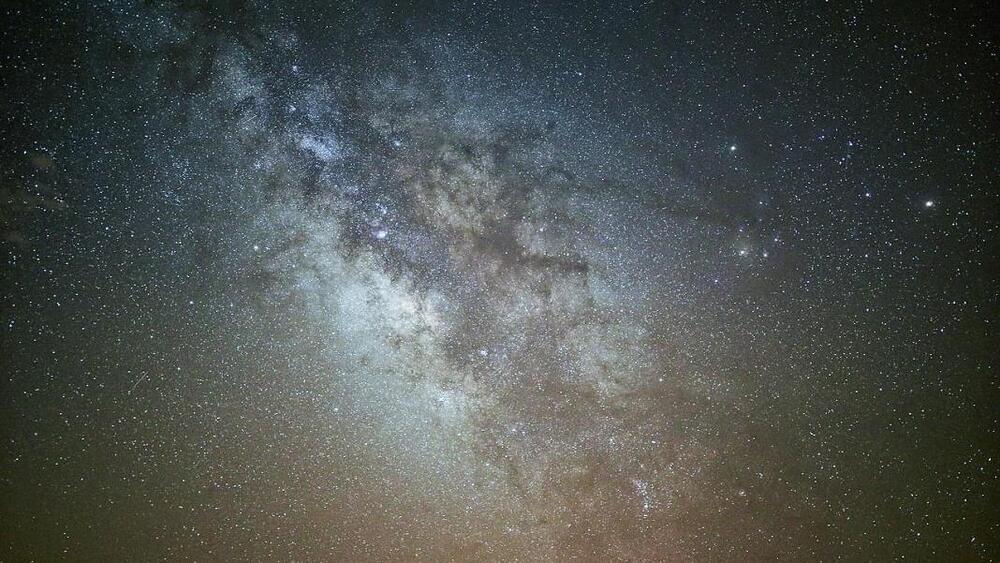The Space Launch System is an American super heavy-lift expendable launch vehicle under development by NASA since 2011. As of April 2022, the first launch is scheduled for no earlier than August 2022, pending the success of a wet dress rehearsal test.
Become a member of Space News Pod!
►► https://www.youtube.com/spacenewspod/join.
►► https://starshipshirts.com.
►► https://discord.gg/dMXghpX
►► https://twitch.tv/spacenewspod.
►► https://facebook.com/spacenewspod.
►► https://patreon.com/spacenewspod.
►► https://twitter.com/spacenewspod.
►► https://instagram.com/thespacenewspod.
#NASA #artemis #news

